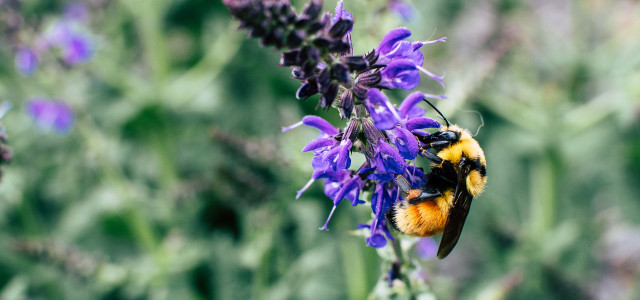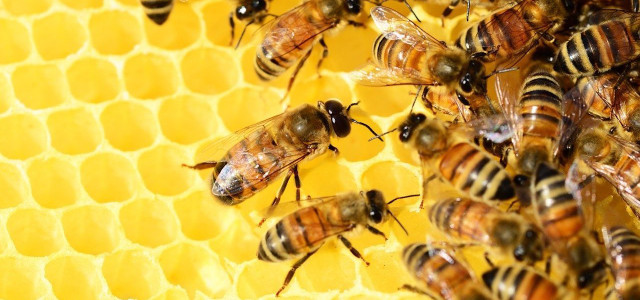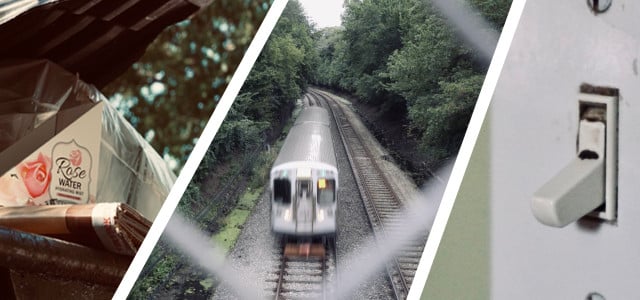Bumblebees are becoming endangered in North America, and they need our help to survive. We’ll share some of the best flowers for bumblebees that you can plant in your garden to help bring population numbers back up.
There are nearly 50 species of bumblebees in North America, but populations have been steadily decreasing, This is partly due to bumblebees being annual insects that rely solely on the overwinter survival of their queens. Each year, the queen emerges from hibernation and lays eggs to re-establish her colony, which then needs lots of nectar and pollen to survive. You can help them by planting as many different bumblebee flowers in your garden as possible. You’ll get to enjoy a beautiful flower garden, and the bees will thank you!
These fuzzy insects are so important because they have a long flight season, and can fly in both low light and low temperatures. This enables them to be key pollinators for fruits and vegetables including blueberries, cranberries, eggplant, peppers, tomatoes, and zucchini.
8 Great Flowers for Bumblebees
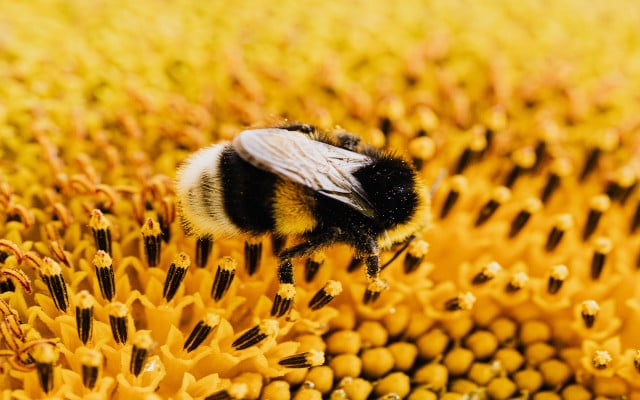
Native plants are best for native bees, and bumblebees do favor some flowers over others. Bumblebees are colour-blind to red flowers, preferring instead blue, purple, pink and yellow. They also prefer perennials over annuals due to their larger nectar quantities. Here are some excellent perennials you can plant to create a high-quality habitat for endangered bumblebees.
1. Bee Balm
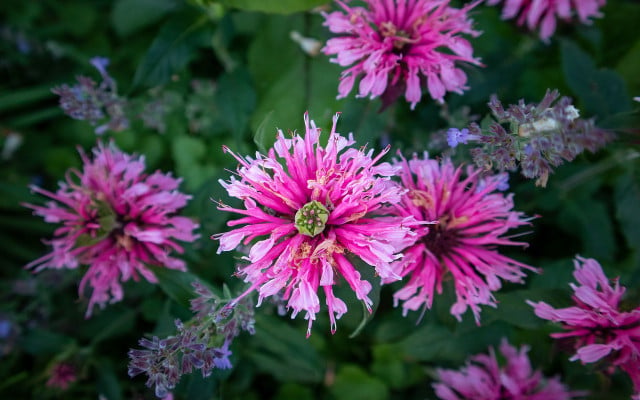


The name says it all when it comes to bee balm. This stunning perennial starts to bloom in July and continues through late summer. To help the endangered bumblebee species, choose varieties that have purple and pink flowers, and be sure to deadhead them frequently to encourage more blooms. Read more about growing Bee Balm here: Bee Balm Flowers: How to Plant, Care For, and Use Bee Balm.
2. California Poppy Flowers for Bumblebees
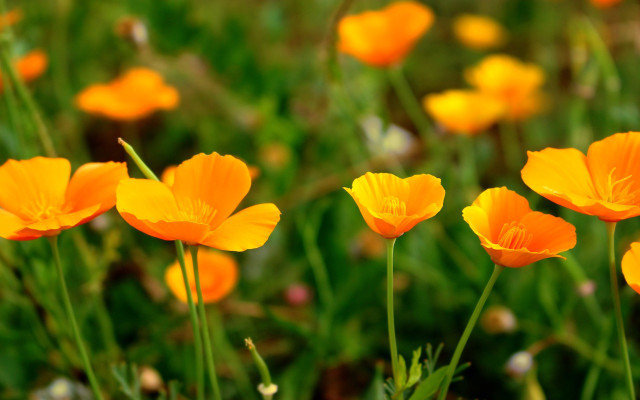


As early as February in certain parts of the country, you’ll be able to see these delicate orange and yellow blooms covering hillsides and blowing in the wind. Plant them in your own garden in a sunny location with sandy soil. Warning: if you’re a pet owner, you’ll want to steer clear of California Poppy Flowers. They may be good for bumblebees, but they’re also toxic to pets.
3. Coneflower (Echinacea)
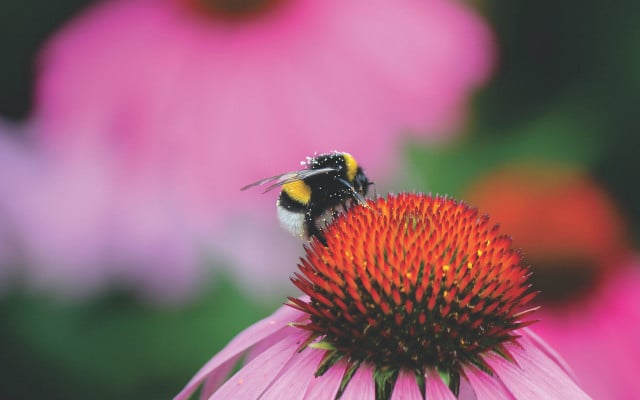


Coneflowers look like very large daisies and come in all sorts of colors, including bumblebee favorites like purple, pink and yellow. They bloom from around June through August, depending on your region. They love full sun and will attract all sorts of pollinators to your garden. Echinacea is also known for its medicinal uses, so this bumblebee flower has benefits for you as well as the bees.
4. Honeysuckle
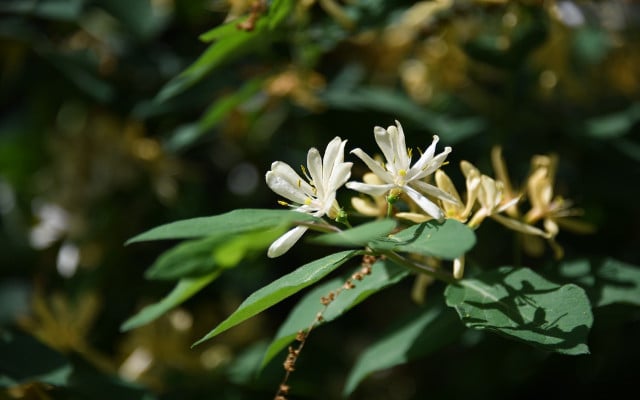


This perennial vine works best when trained up a trellis or fence, though it can also be used as ground cover. There are so many different varieties, it’s easy to find one that works for your location. Plus, the colorful, tubular flowers are a great source of nectar for our endangered bumblebee friends.
5. Lilac Flowers for Bumblebees



The lilac shrub is one of the earlier spring-bloomers, which is helpful in re-establishing bumblebee colonies. Most varieties have pink and purple flowers, but yellow and white varieties also exist. In addition, lilac bushes require very little maintenance which makes them an ideal addition for the lazy gardener.
6. Lupines
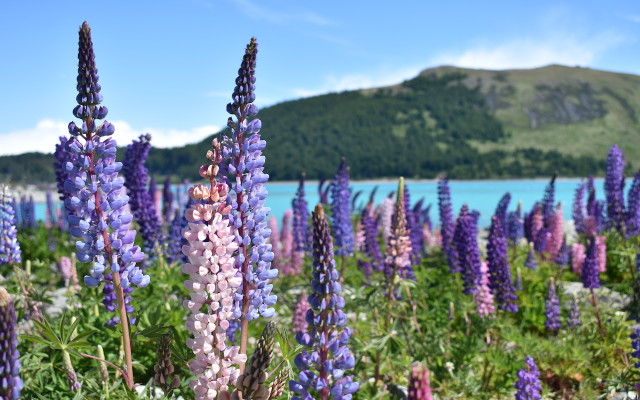


One of the most popular garden perennials due to their uniquely shaped white, pink, and purple blooms, you can find lupines blooming in early spring, both in the wild and in gardens from coast to coast. Planting them yourself requires a sunny to partly-sun location and sandy, well-drained soil. Don’t forget to add mulch for winter protection.
7. Milkweed
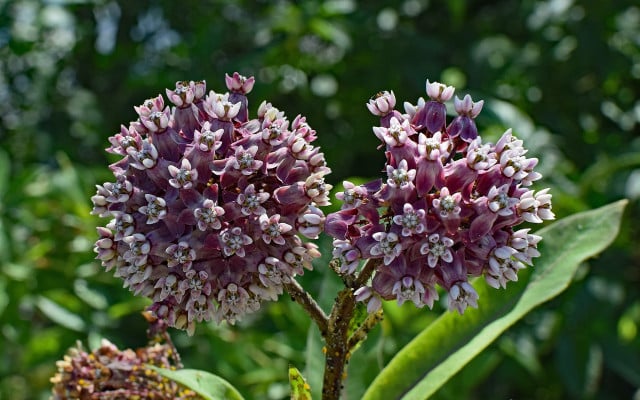


Although milkweed is most commonly associated with monarch butterflies, bumblebees love these flowers too. The blossoms range from pink to purple to orange and bloom from late June until August. Plant them in a sunny location.
8. Rhododendron
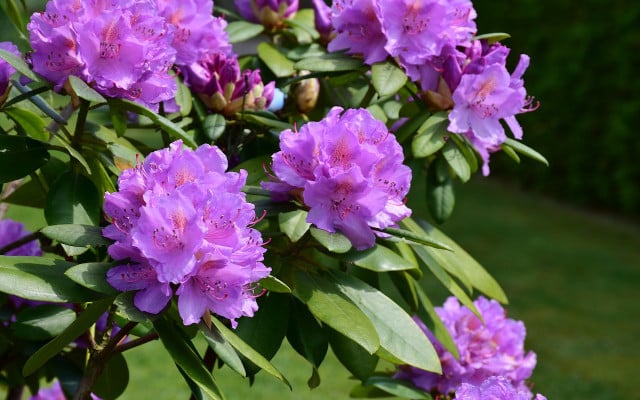


This bush is another early spring bloomer and can be a bit finicky if the conditions aren’t right. These bumblebee flowers like areas that aren’t too cold or too hot, and need a spring chill to help develop strong flower buds. But don’t let that scare you. The fragrant flowers come in purple, pink, red, yellow, and white and make a stunning addition to any garden.
Why Bumblebees are Endangered
Researchers haven’t been able to come up with one specific reason why the population of bumblebees is declining. Instead, they’ve come up with a list of potential explanations, including:
- loss or partial destruction of habitat
- pesticide use (particularly in lawn care)
- climate change
- competition with honeybees
Additional Help for Endangered Bumblebees
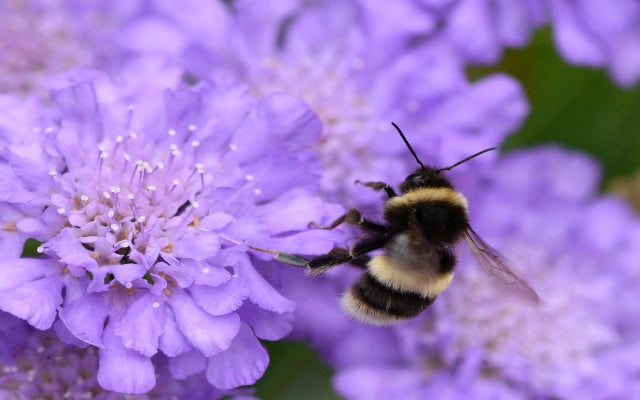


In addition to the flowers for bumblebee listed above, there are other plants you can add to your garden to help out endangered bumblebees. For example, consider growing your own kitchen herb garden. Bees especially like flowering herbs such as:
Ornamental grasses are a very useful plant to have in your garden as well. The queen needs somewhere to spend the winter, and this provides a nice home for her. Some native grasses include:
- Bluestem grass
- Dropseed grass
- Grama grass
- Indian grass
- Switchgrass
When maintaining your garden, wait until spring to prune and cut back plants and ornamental grasses. If a queen bee has made a home in your garden, this will protect the winter nest and give her time to wake up from her winter slumber.
For more information on how to help America’s declining bee population, check out Xerces’ Guide to Conserving Bumble Bees.
** Links to retailers marked with ** or underlined orange are partially partner links: If you buy here, you actively support Utopia.org, because we will receive a small part of the sales proceeds. More info.Do you like this post?






